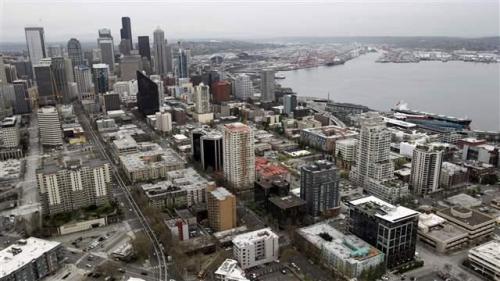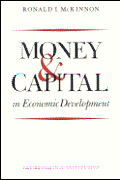The first initiative coming out of Minneapolis-St. Paul’s regional economic strategy was not a new skills effort or an infrastructure plan. Instead leaders behind the strategy unveiled a “Regional Indicators Dashboard,” a detailed set of measures that can be tracked over time to assess the strength of the regional economy in providing sustainable growth and opportunity. Though the idea of a dashboard may seem humdrum, this particular one is unique in its drive: Get multiple organizations and leaders to agree on common performance outcomes for the region to better align often conflicting priorities and disconnected strategies.
Designing the dashboard was no easy task. It took months of negotiation among philanthropic, civic, business, and nonprofit leaders to get to a consensus set of metrics that could be regularly tracked and reported. Discussions forced to the surface shared values and concepts of what really matters to future economic success.
The result was an eight-part panel that goes beyond conventional measures. There are the usual suspects, such as gross regional product per capita and share of workers with a bachelor’s degree. But there are more novel indicators too, such as “percent of population employed in advanced industries,” which signals a commitment to global competitiveness, and “percent of jobs that are family sustaining” to measure job quality. There are also clear values around environmental stewardship (“per capita water usage”), healthy quality of life (“percent of population that is obese”), job access, and shared prosperity (“poverty rate”). Throughout there is an eye toward equity, ensuring the region is boosting fortunes for people of color.
The dashboard is led by GREATER MSP, the McKnight Foundation, ULI Minnesota, the Regional Council of Mayors, the Itasca Project, the Minnesota Business Partnership, the Metropolitan Council, and the Minneapolis, Saint Paul, and Minnesota chambers of commerce, along with additional project and data partners, including Minnesota DEED, MN Philanthropy Partners, and the Wilder Foundation. To ensure the dashboard translates into action on the priorities it outlines, the partners will form a Regional Competitiveness Working Group to track and share progress.
The Regional Indicators Dashboard is the opening salvo of a three-part economic strategy that includes telling the region’s story as a vibrant, highly competitive economy, boosting regional talent, and strengthening regional sectors.
“The new dashboard is a huge part of working together as a region. Measuring as a region is just as important as consistently and effectively acting like a region,” said Michael Langley, chief executive officer of GREATER MSP, the region’s public-private economic development organization.
The dashboard is a shift from past regional indices, such as the Minneapolis Chamber’s Business Vitality Index, which focused on more traditional metrics such as the cost of business and housing prices.
“Through laser-like focus on these shared indicators and collective ownership we can move the needle and ensure that shared prosperity exists in the Twin Cities in a way that it doesn’t exist anywhere in the country,” said Tawanna Black, executive director of the Northside Funders Group, a funding collaborative focused on North Minneapolis.
Many cities struggle with regional coordination. Leaders in greater Minneapolis-St. Paul made a different bet: Agree on the end game, and regional alignment will follow.










Commentary
To drive the economy, Minneapolis-St. Paul looks to the dashboard
June 16, 2015